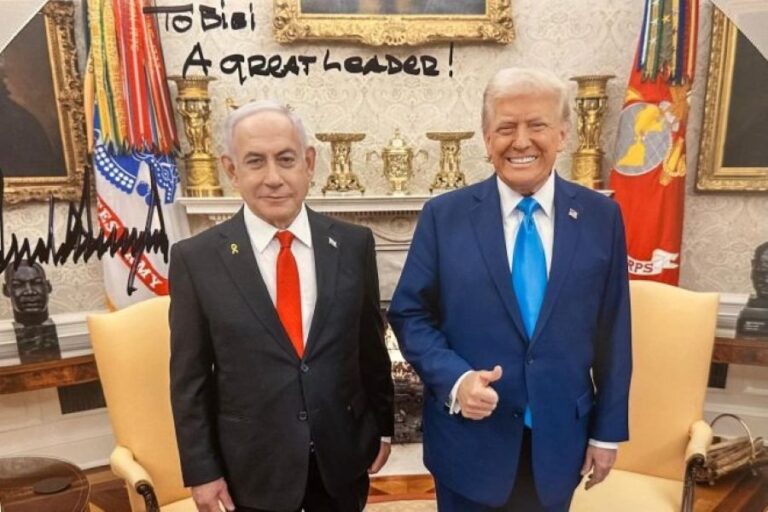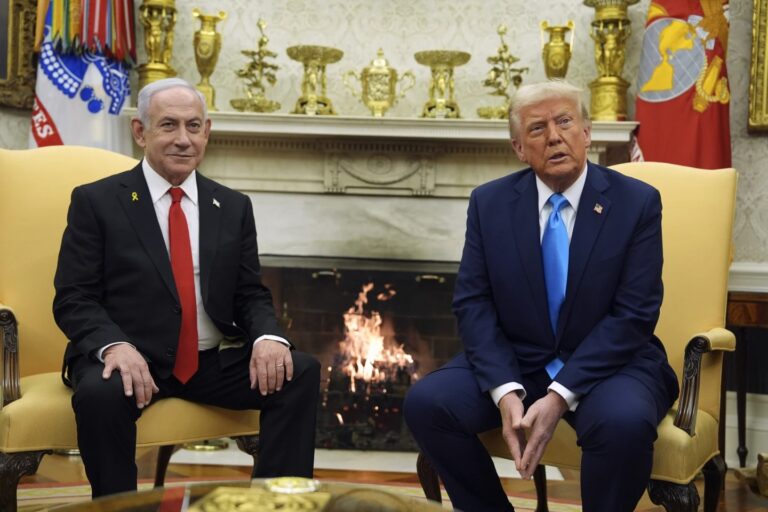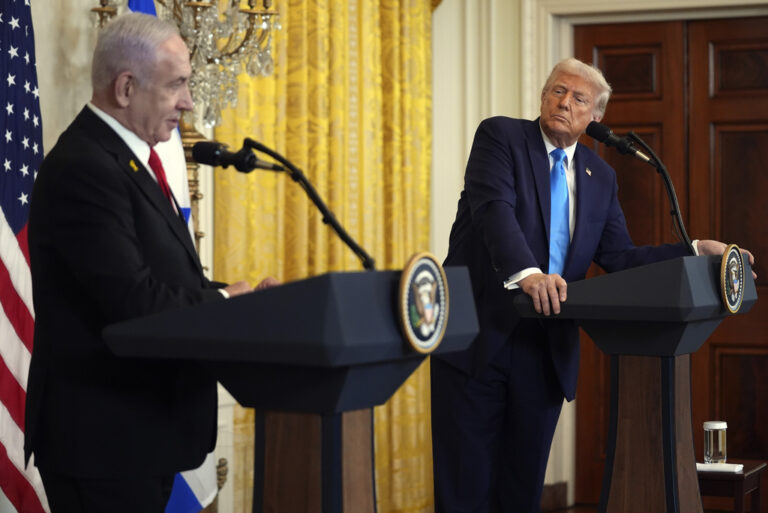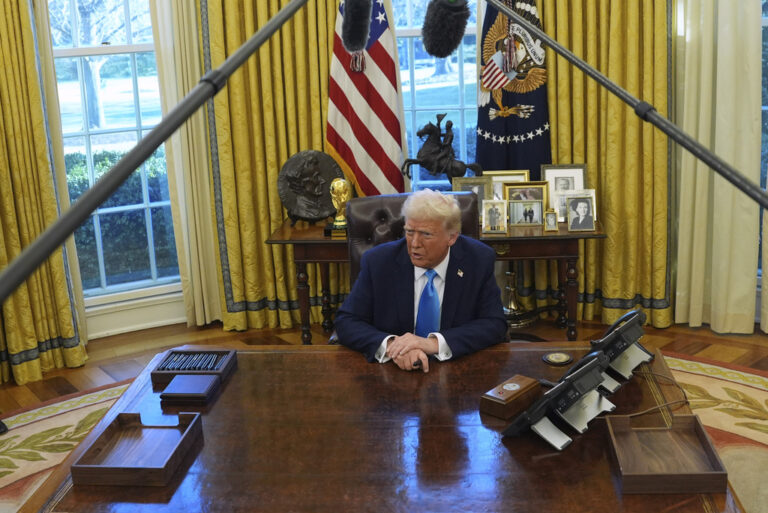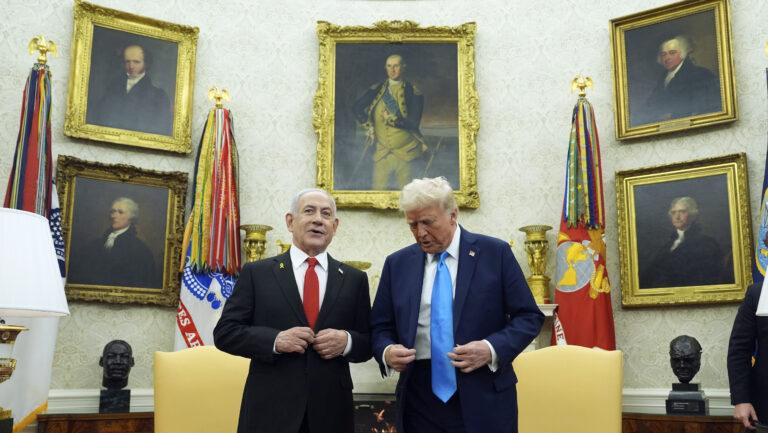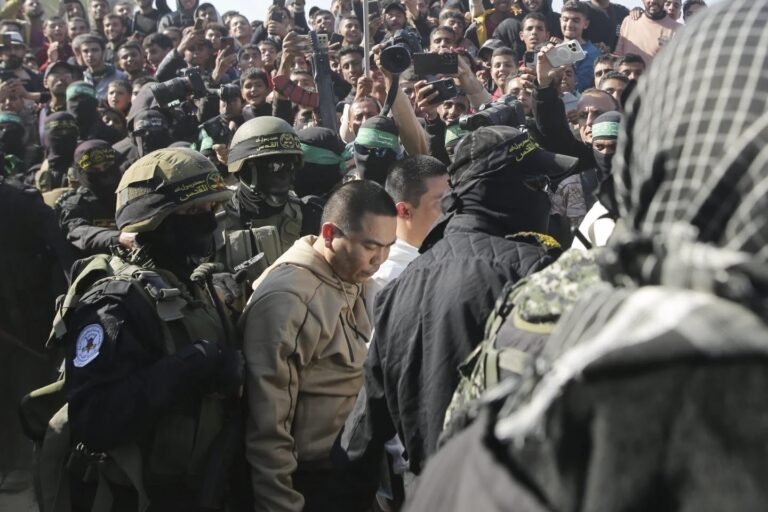Vayehi mikeitz shenasayim yamim u’Paroh choleim v’hinei omeid al sfas haye’or (41:1)
By linking the end of the two years of Yosef’s additional jail time with Pharaoh suddenly having the dream which brought about his freedom, the Torah seems to imply that there is a deeper association between the two events. The Beis HaLevi explains the connection by noting that the average person’s understanding of cause-and-effect is flawed. If somebody becomes rich as a result of winning the lottery, the casual observer will assume that the cause was his selection of the winning numbers and the result was wealth. This is how the laws of nature cause the situation to appear to the naked eye. In reality, the relationship is exactly the opposite. The cause which set the events in motion was Hashem’s decree that this individual should become rich. The effect of Hashem’s decision was that the winning numbers turned out to be those chosen by this person, as this is the manner in which somebody becomes wealthy according to the laws of nature.
Similarly, in the case of Yosef, the ignorant onlooker would conclude that Pharaoh’s confusing dream was the cause that coincidentally brought about Yosef’s release from jail. In reality, the truth is that because the time had arrived for Yosef to be freed, therefore Pharaoh had a disturbing dream. In fact, the Ohr HaChaim HaKadosh notes that the verb relating that Pharaoh dreamed is in the present tense (choleim), which indicates that Pharaoh actually had this same dream every night for a period of two years. If Yosef hadn’t sinned by placing his trust in the cupbearer to intercede with Pharaoh and secure his release from prison, he would have been freed the first time that Pharaoh had this dream. Because the true underlying cause wasn’t Pharaoh’s dream but rather Hashem’s plans for Yosef, Pharaoh wasn’t disturbed by the dream, or even by its repetition for two consecutive years, until the time had come for Yosef to be released.
V’ein maggid li (41:24)
In a moving eulogy delivered about his mentor Rav Sholom Schwadron, Rabbi Paysach Krohn discussed how the loss to the Jewish people was tremendous, as Rav Shalom was universally beloved and known as “the Maggid of Yerushalayim.” After hearing the devastating news of Rav Schwadron’s passing on 22 Kislev, he began reviewing the weekly Torah portion, which that week was Parshas Mikeitz. Trying to heal himself from the pain and magnitude of the loss, Rabbi Krohn was floored when he reached the verse stating V’ein maggid li, which can be read, “And my Maggid is no longer.” Indeed, there is nothing which isn’t hinted to in our Holy Torah.
V’atah yeireh Paroh ish navon v’chacham vishiseihu al eretz Mitzrayim (41:33)
After Yosef was freed from prison to interpret Pharaoh’s dreams, he explained that they foretold seven years of abundance to be followed by seven years of famine. Therefore, he recommended the appointment of a wise advisor to oversee the project of storing for the famine during the years of plenty. As Pharaoh had only requested Yosef to interpret his dreams, why did he offer advice on how best to deal with the ramifications of his interpretation of the dreams, something which wasn’t at all requested of him?
The Kehillas Moshe notes that the Gemora in Rosh Hashana (16a) teaches that the world is judged four times annually: on Pesach regarding grain, on Shavuos regarding fruits, on Sukkos regarding water, and on Rosh Hashana all people are judged individually. If so, Pharaoh’s dream, which concerned the future of the crops, should have been on Pesach when the world is judged on grain, yet the Gemora in Rosh Hashana (11a) teaches that this episode occurred on Rosh Hashana.
The timing of this episode indicated to Yosef that it wasn’t only relevant to the harvest, but also to the fate of some individual who was being judged on that day, regarding whom it was decreed that he was to ascend to a position of power. Based on this inference, Yosef felt compelled to propose a plan of action based on his interpretation of the dream which would make its timing appropriate. Specifically, he advised that Pharaoh appoint a wise man to oversee the storage project, as it was due to him that the dream occurred specifically on Rosh Hashana. As an introduction to his suggestion, Yosef hinted to this reasoning by saying V’atah (and now), meaning that because the dream took place today, therefore it is appropriate that I recommend the following plan.
Vayomer hamelech zos omeres zeh b’ni ha’chai u’beneich ha’meis v’zos omeres lo ki b’neich ha’meis u’beni ha’chai (Haftorah – Melochim 1 3:23)
The Haftorah for Parshas Mikeitz, which is often pushed aside by the Haftorah for Shabbos Chanuka, contains the famous demonstration of Shlomo HaMelech’s wisdom. Two women had recently given birth, but one of their babies died. Each woman argued that the dead baby belonged to the other woman. After repeating their claims, Shlomo discerned the truth by suggesting that the baby be cut in half.
The true mother, horrified at the thought of her baby being cut into two, rejected the proposal, even if it meant that the living baby would be given to the other woman, while the woman who was lying had no qualms about agreeing to Shlomo’s “compromise.” Their true motivations revealed, Shlomo concluded the case by awarding the live baby to its true mother. Although in hindsight Shlomo’s plan appears brilliant, how did he know that it would work, and why did he repeat each woman’s argument prior to proposing the compromise?
The Malbim explains that Shlomo wasn’t simply repeating the claims of each of the women. Rather, he was alluding to the first clue that jumped out at him. Human nature is that when a person is speaking, he first mentions his primary focus and afterward what is secondary. Shlomo noticed a subtle distinction between the women’s claims. One woman argued, “My son is the living one, and yours is the dead one,” while the other reversed the words, maintaining, “Your son is the dead one, and mine is the living one.”
When he detected this, Shlomo already suspected that the first woman was telling the truth. She revealed that her primary concern was that the living son be hers and concluded with the unfortunate fact that the dead one must belong to the other woman. The second woman, on the other hand, seemed focused on establishing that the dead child belonged to the other woman, mentioning almost tangentially the result that the living one would be hers. This served as a red flag for Shlomo. To confirm his suspicions, he suggested the test of cutting the baby in half. While the first woman was horrified at the proposition, the second one was willing to do so. This confirmed his initial hunches, and he rightfully awarded the baby to the first woman, its true mother.
Answers to the weekly Points to Ponder are now available!
To receive the full version with answers email the author at [email protected].
Parsha Points to Ponder (and sources which discuss them):
1) Why does the Torah, which teaches only what is necessary for all generations to know, record (41:45) that Pharaoh changed Yosef’s name to Tzafnas Paneiach? (Chizkuni)
2) There is a Talmudic principle (Bava Metzia 62a) that chayecha kodmin – saving one’s own life comes before saving others. In the unthinkable situation in which a person may additionally save only his father or his son, who has precedence? (Emes L’Yaakov)
3) If a person lights Shabbos candles and then realizes (before sundown) that he forgot to light the menorah, the law is that he should appoint an agent who has yet to accept Shabbos upon himself to light the menorah on his behalf. How can this be reconciled with the Gemora in Nazir (12b) which teaches that one may not appoint an agent to do something which he himself cannot do? (Pri Megadim Aishel Avrohom 679, Shu”t Maharam Schick Even HaEzer 1:120)
4) As all festivals are observed in the Diaspora for two days due to a doubt about the actual calendar date, why didn’t Chazal enact that Chanuka be celebrated for nine days for this reason? (Ha’aros Rav Eliyahu Mizrachi on the Smag Hilchos Chanuka, Pri Chodosh and Birkei Yosef Orach Chaim 670, Nefesh Yehonason, Derashos Chasam Sofer Vol. 1 pg. 67, Ma’adanei Asher 5770)
© 2013 by Oizer Alport.


